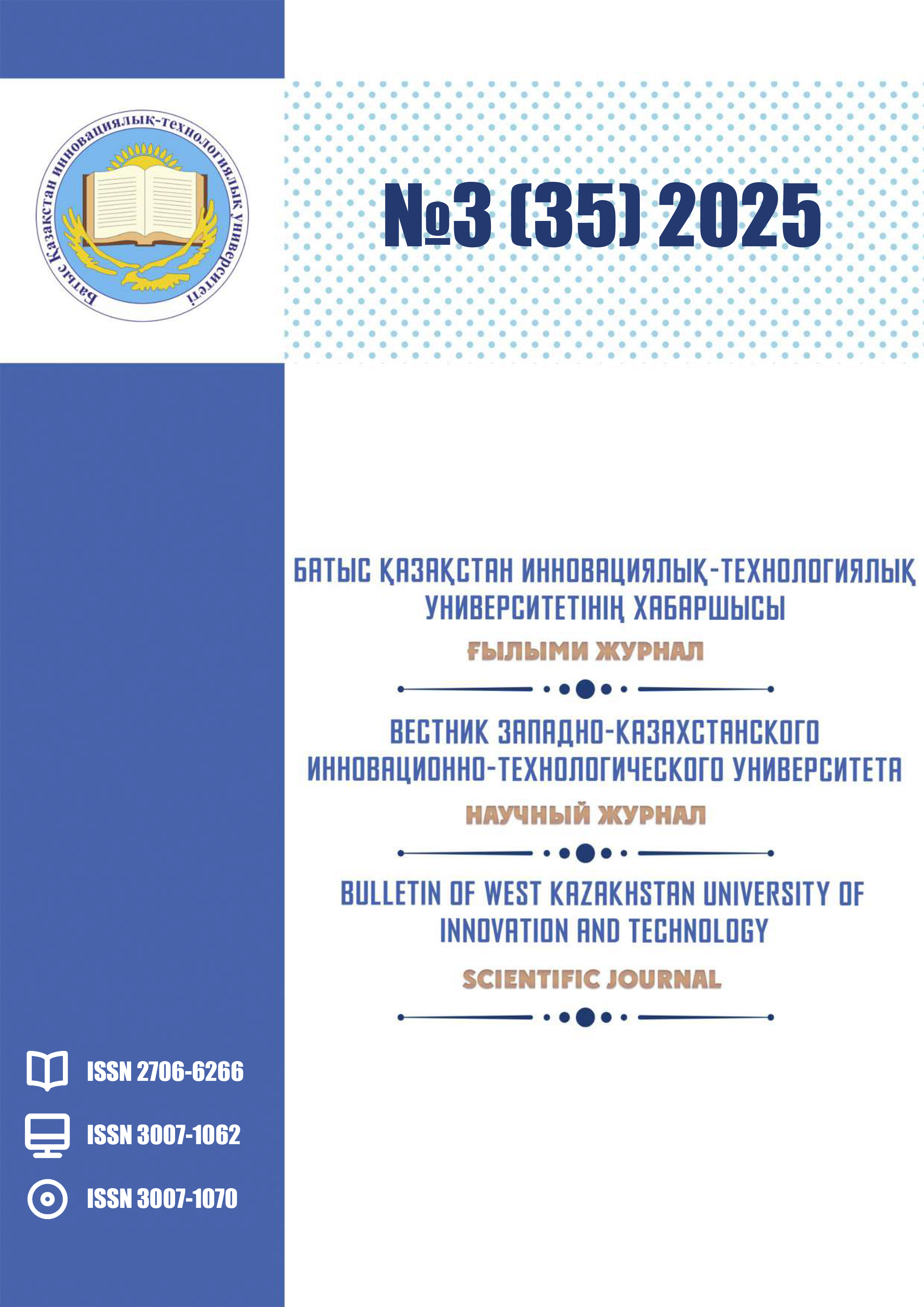RELIGIOUS AND POLITICAL HISTORY OF THE KAZAKH STEPPE DURING THE TSARIST RULE: ACTIVITIES AND CHARACTERISTICS OF MISSIONARY INSTITUTIONS
DOI:
https://doi.org/10.62724/202530106Keywords:
Missionary, Kazakhsteppe, colonial policy, orthodoxy, religious propaganda, spiritual influence, church institutions, Christian mission, religious education, cultural assimilation.Abstract
This article provides a comprehensive analysis of the activities and structural characteristics of missionary institutions established in the Kazakh Steppe during the second half of the 19th century and the early 20th century. Within the framework of the Russian Empire’s colonial policy, these religious institutions were primarily aimed at spreading Christianity in order to exert spiritual influence over the local population and thereby strengthen the colonial administration. The article examines the prerequisites for the establishment of such institutions, their organizational structure, sources of funding, the process of training missionary personnel, and the specific areas of their activities.
The research is based on official decrees of the tsarist government, reports of missionary societies, archival documents, and contemporary periodicals. Special attention is also given to the role of the Russian Orthodox Church in the missionary policy and to the activities of local church bodies subordinate to it (such as parishes, church schools, and religious missions). The article describes the educational, religious, social, and moral work conducted by these institutions among the Kazakh population, while also highlighting their ideological functions.
The study reveals that these institutions served not only religious but also socio-political purposes. By influencing the traditional religious beliefs, language, and culture of the Kazakh people, they played a significant role in disseminating colonial ideology. However, the strong adherence of the local population to their own faith limited the success of these institutions in achieving their full objectives. By evaluating the structure and activities of missionary institutions from a historical perspective, the article aims to shed light on the complex nature of religious policy during the colonial period.

